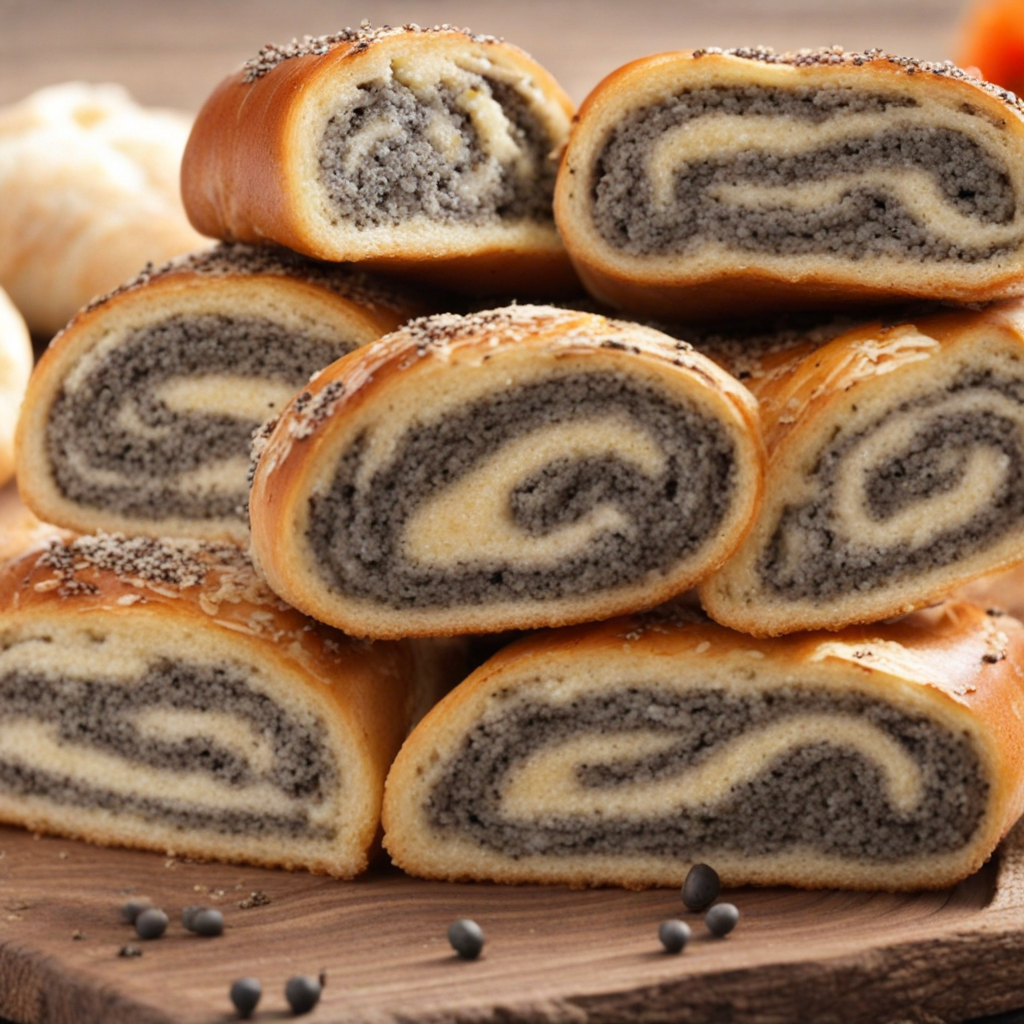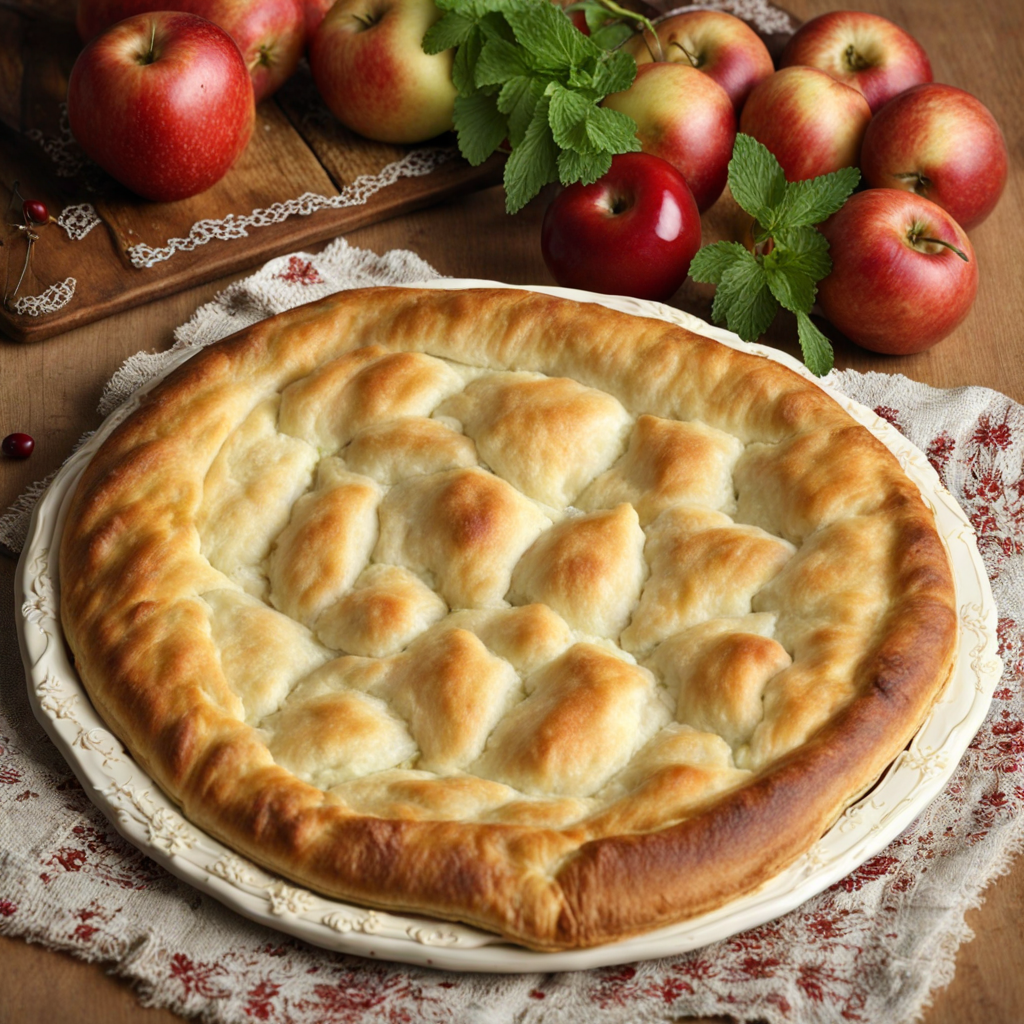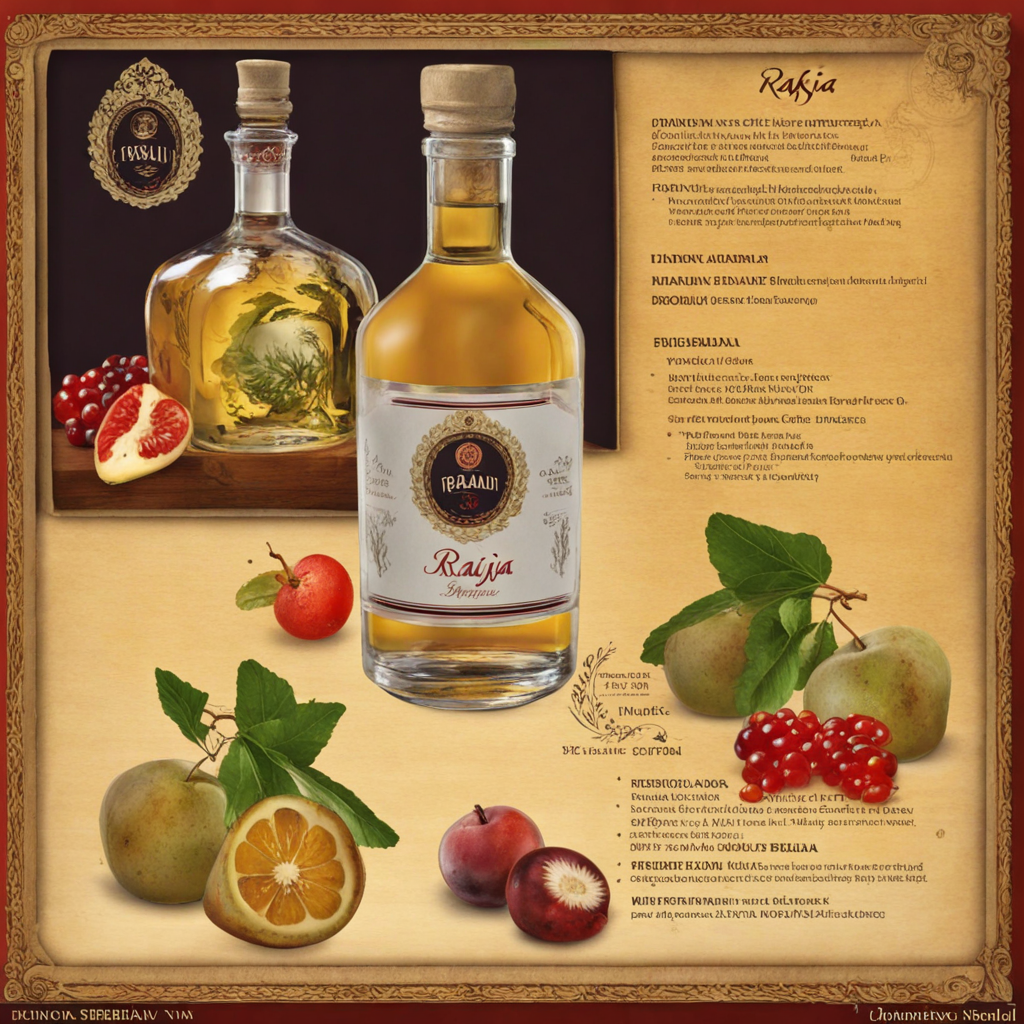Medenjaci
Medenjaci, a traditional Serbian treat, are delightful honey-spice cookies that evoke warmth and comfort with every bite. Their rich, aromatic flavor profile is achieved through a harmonious blend of local ingredients such as honey, flour, and a medley of spices, including cinnamon and cloves. The use of honey not only sweetens the cookies but also imparts a unique depth that distinguishes them from other baked goods. Typically, these cookies are soft and chewy, often adorned with a light dusting of powdered sugar or a glaze, which adds an inviting sweetness that perfectly complements the spiced undertones. These cookies are deeply rooted in Serbian culture and are often associated with festive occasions and family gatherings. Medenjaci are not just treats; they also carry a sense of nostalgia, as many recipes have been passed down through generations. They are commonly enjoyed alongside a cup of tea or coffee, making them an ideal companion for social gatherings or quiet moments at home. The texture and taste can vary slightly depending on regional variations, but the essence of Medenjaci remains the same: a celebration of flavors that brings people together. The preparation of Medenjaci can be a delightful experience, often involving the whole family in the mixing, rolling, and cutting of the dough into various shapes, often reflecting seasonal themes or festive motifs. As they bake, the warm spices fill the kitchen with an inviting aroma, making it hard to resist sneaking a taste before they cool. Once ready, these cookies not only serve as a delicious snack but also as a beautiful addition to holiday tables, embodying the spirit of Serbian hospitality and tradition.
How It Became This Dish
The Sweet Journey of Медењаци: A Serbian Culinary Tradition #### Origins and Early History Медењаци, often translated as "honey cakes," are a beloved traditional sweet from Serbia, with roots that stretch deep into the region’s agricultural practices and culinary heritage. The name "медењаци" stems from the Serbian word for honey ("med"), reflecting the primary ingredient that defines these delectable treats. Honey has been a staple in Serbian cuisine for centuries, revered not only for its sweetness but also for its medicinal properties, making it a symbol of nourishment and sustenance. The origins of медењаци can be traced back to the medieval period in Serbia, where honey was widely utilized in various culinary applications. It is believed that honey cakes were initially created as a way to preserve honey during times when it was scarce or to celebrate special occasions. The use of honey in baking is not unique to Serbia; it has been a common practice across many cultures, but the Serbian interpretation has its own distinctive characteristics. #### Cultural Significance Медењаци hold a special place in Serbian culture, often associated with festive occasions, religious celebrations, and family gatherings. These honey cakes are typically prepared during holidays such as Christmas and Easter, as well as for local fairs and weddings. The preparation of медењаци is not merely a culinary task; it is a cherished tradition passed down through generations, where family members come together to create these sweets, often infusing their own unique methods and flavors. The cultural significance of медењаци extends beyond their role as a culinary delight. They symbolize hospitality and warmth, often gifted to friends and neighbors as a gesture of goodwill. In Serbian folklore, honey is considered a symbol of fertility and prosperity, and thus, медењаци are often included in rituals meant to bring good fortune and blessings to a household. #### Ingredients and Traditional Preparation The basic ingredients of медењаци include flour, honey, sugar, eggs, baking soda, and various spices such as cinnamon and cloves. Depending on the region, variations may incorporate nuts, dried fruits, or even chocolate, allowing for a diverse range of flavors and textures. The traditional method of preparing медењаци involves mixing the ingredients to create a dough, which is then rolled out and cut into various shapes before baking. One of the most fascinating aspects of медењаци is their decorative potential. Many families choose to embellish their honey cakes with intricate icing designs, often depicting traditional Serbian motifs or seasonal themes. This practice not only adds visual appeal but also transforms the act of making медењаци into an art form, where creativity and tradition intertwine. #### Evolution Over Time As Serbian society evolved, so too did the recipes and methods associated with медењаци. The 19th and 20th centuries saw significant changes in culinary practices, largely influenced by globalization and the introduction of new ingredients. While traditional медењаци remained popular, modern variations began to emerge, incorporating contemporary flavors and techniques. In urban areas, the rise of commercial bakeries brought медењаци to a broader audience. These establishments began to produce mass quantities of honey cakes, often sacrificing some of the traditional elements for efficiency. However, this shift also spurred a renewed interest in artisanal baking and traditional recipes, leading to a resurgence in home baking among younger generations. Today, медењаци are not just confined to special occasions; they are enjoyed year-round as a snack or dessert, often accompanied by coffee or tea. The popularity of медењаци has even crossed borders, with Serbian expatriates introducing these beloved treats to new communities around the world. This globalization of медењаци has contributed to a growing appreciation for Serbian culinary heritage and has prompted many to explore the intricacies of this sweet tradition. #### Modern Interpretations and Global Influence In recent years, the culinary landscape has embraced a return to traditional and artisanal foods, and медењаци are no exception. Chefs and home bakers alike have been experimenting with new twists on the classic recipe, introducing flavors such as lavender, citrus zest, and even chili for a modern flair. These innovations honor the traditional aspects of медењаци while also appealing to contemporary palates. The rise of social media has played a pivotal role in promoting медењаци beyond Serbia's borders. Platforms like Instagram and Pinterest have allowed passionate bakers to share their creations, showcasing not only the beauty of these honey cakes but also the stories and cultural significance behind them. This visibility has led to a growing interest in Serbian cuisine, with медењаци often serving as an entry point for those curious about the rich culinary traditions of the region. #### Conclusion: A Sweet Legacy Медењаци represent more than just a sweet treat; they embody the essence of Serbian culture, history, and community. From their humble beginnings as a means of preserving honey to their modern interpretations that celebrate creativity and innovation, these honey cakes have endured the test of time. As they continue to evolve, медењаци remain a vital part of Serbian identity, connecting generations through shared recipes, festive celebrations, and a collective appreciation for the sweetness of life. Whether enjoyed during a holiday gathering, offered as a token of friendship, or simply savored with a cup of tea, медењаци will always hold a cherished place in the hearts and homes of those who call Serbia home.
You may like
Discover local flavors from Serbia







